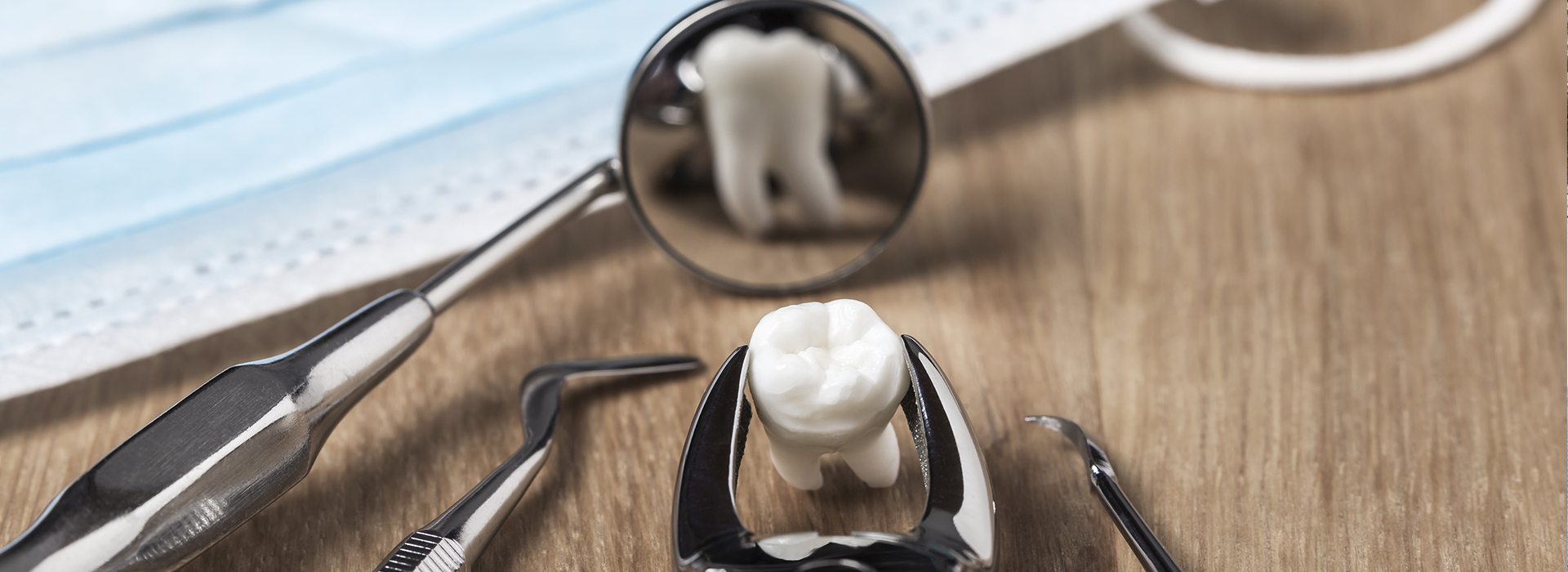

MOUTH RINSING: Unless otherwise directed, do not rinse your mouth the day of surgery. Beginning the next day, rinse your mouth gently, using a full glass (8oz) of warm water with 1/2 teaspoon of salt and a 1/2 teaspoon of baking soda. Do this 3-6 times a day.
EATING: Keep taking nourishment. Begin by drinking liquids or eating soft foods such as: soup, eggs, pasta, ice cream, yogurt, oatmeal or mashed potatoes. As soon as possible eat solid food. You will feel better, have more strength, less pain, and heal faster, if you continue to eat. Drink at least 8 glasses of liquids daily, including plenty of fruit juices. Do not drink alcoholic or carbonated beverages. Do not use Straws, Spit or Smoke. Avoid foods like nuts, sunflower seeds or popcorn which may get lodged in the socket area. If you are a diabetic, maintain your normal diet as much as possible and follow your physician’s instructions regarding your insulin schedule.
DISSOLVING SUTURES: Sutures are placed in the area of surgery to minimize post-operative bleeding and to help healing. Depending on the type of suture they can last anywhere from about 2 days to 3 weeks.
PRESCRIPTIONS: Following surgery you may be provided with a prescription for relief of pain. Take all medication as directed. If you have severe pain, fever, rash, or bodily illness, contact our office. Antibiotics are sometimes prescribed for infection. Nausea may be reduced by eating food prior to taking medication.
SWELLING CONTROL: Some swelling can be expected. Apply an ice pack to the jaw for the first 24-48 hours. Commercial ice bags or a simple plastic bag filled with crushed ice may be used. This will help limit swelling if applied soon after your surgery has been completed. The ice packs should be applied to the face for 20 minutes on and 20 minutes off; repeating this alternating procedure during the first 24 hours. For extensive surgical procedures apply ice packs for the first 48 hours. These cold applications are also very effective for the relief of pain after surgery. Swelling may be accompanied by skin discoloration.
SMOKING: You should avoid smoking during the first 7 days after surgery to aid in healing and prevent dry sockets.
BIRTH CONTROL PILLS: Some antibiotics may decrease the effectiveness of birth control pills, therefore it is recommended that you continue your regular birth control pill schedule, but rely on some other form of contraception for a full 30 days from your last dose of antibiotic.
PHYSICAL ACTIVITY: Limit physical activity during the first 24-48 hours after surgery. Overexertion may lead to postoperative bleeding.
IN CASE OF BLEEDING: After your teeth are removed, a gauze compress is placed on the wound and you are asked to bite down firmly on the gauze for 20 minutes, This will help stop bleeding and may be discarded after 20 minutes. Should bleeding continue, put a fresh, damp, folded gauze on the bleeding area, bite on this and hold in place for 30 minutes. This may have to be repeated 3-4 times. A moistened black tea bag can be used in place of gauze. Lying down with your head raised on several pillows will also help stop bleeding. Smoking, spitting, and sucking on straws prolongs bleeding and may cause a dry socket. Blood-tinged saliva may be present for 24-48 hours and is normal. Any questions, please don’t hesitate to call.
EXPLANATION OF SYMPTOMS THAT MAY OCCUR: Swelling follows nearly every tooth extraction. It is most marked on the 2nd or 3rd day, and begins to disappear on the 4th day. Stiffness of the jaws is also to be expected, This diminishes greatly by the 4th to 6th day after surgery. Hot applications after 48 hours, 20 minutes on and 20 minutes off may relax stiff muscles.
DRY SOCKETS: Dry Socket is a painful delay in healing resulting in premature loss of the blood clot from a healing tooth socket. It typically occurs in 3-5% of patients, predominantly in lower molar areas. Typical symptoms include an increase in pain about the third or fourth day after surgery (sometimes a dull ache in the lower jaw often radiating up to the ear). Inability to get relief from prescribed pain medications (usually ibuprofen every 6 hours accompanied by narcotics in between ibuprofen doses) could indicate that you have a dry socket and possibly need a dressing placed. Please contact us early in the day so we can see you as soon as possible.
CARE OF THE MOUTH STARTING ONE WEEK AFTER SURGERY: Lower extraction sites are prone to collecting debris. One week after surgery, healing has advanced to a point that you can and should start rinsing lower extraction sites with warm water from the syringe provided. Do this at least three times a day until the “Sockets” are filled in with new gum tissue. It is no longer necessary to use the salt and baking soda rinses. This can take several weeks to a month or longer. It is possible that you might notice a little bleeding the first few times you rinse (this is normal). Call us if you have any questions.
Share Your Smile Rewards
Our New Patient Referral Program
Learn More »